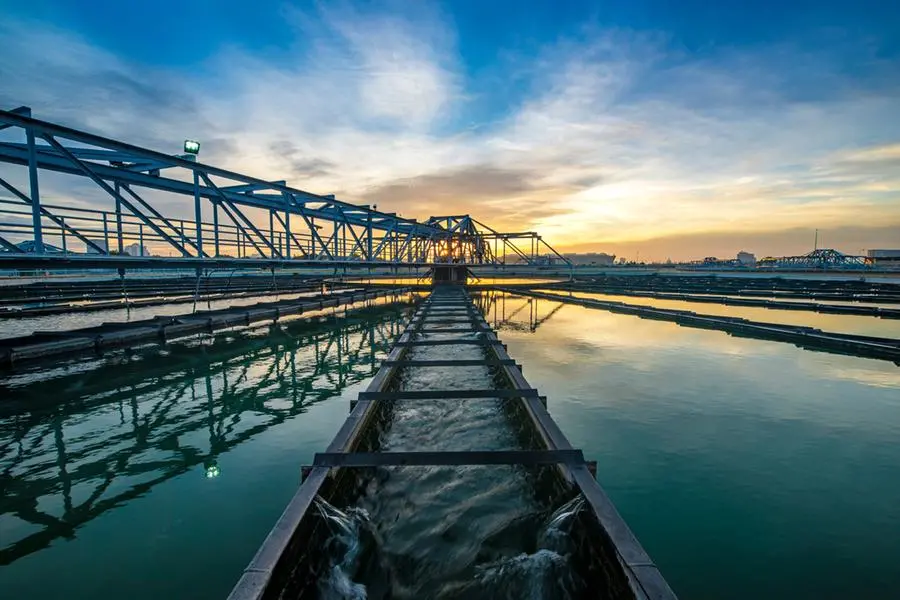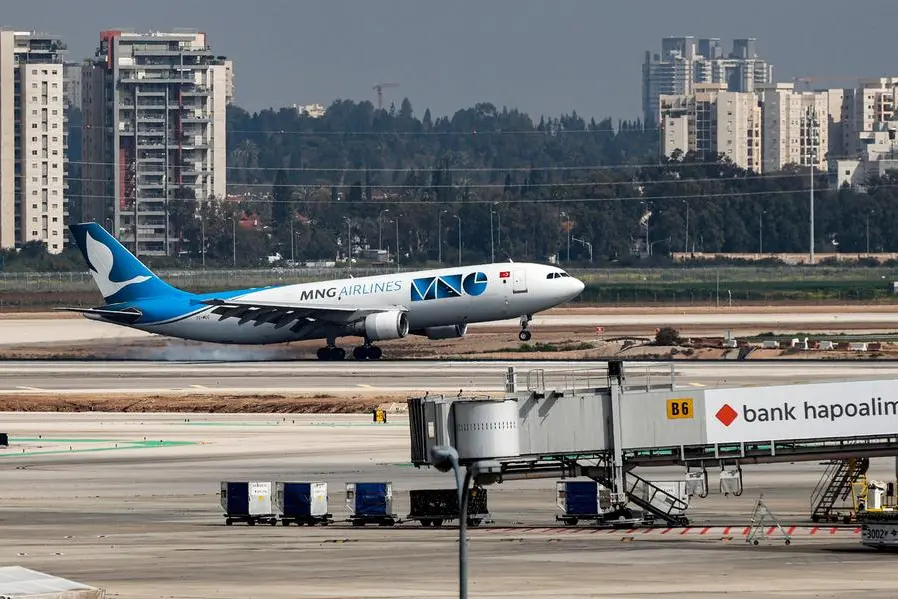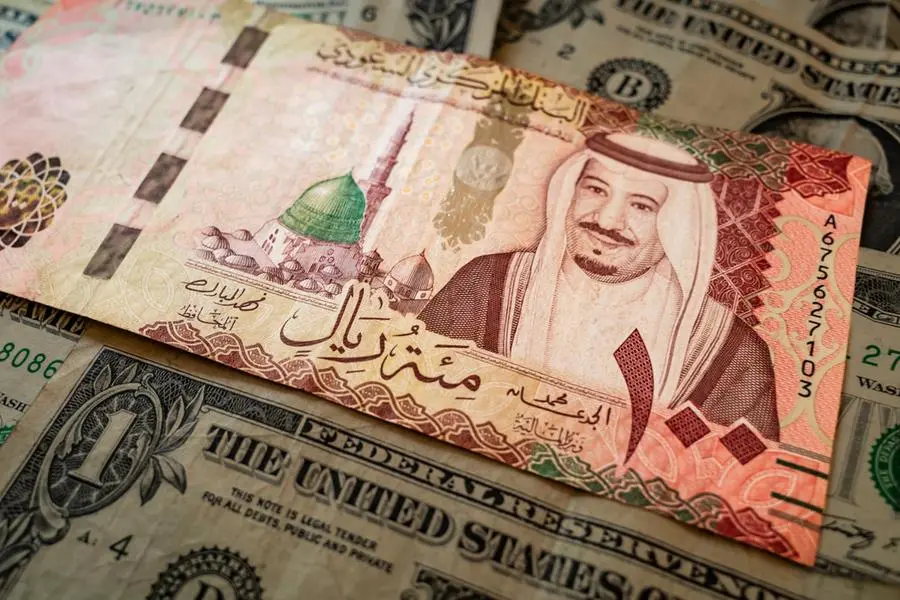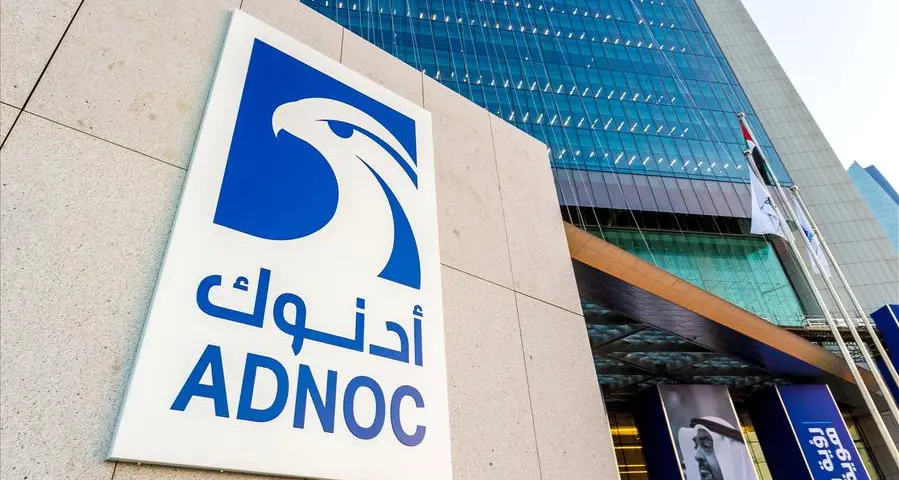PHOTO
“Farmers and cities are competing for water, stretching water systems to the brink of collapse.” This rather startling claim in a recent World Bank report tells the most existential story of our times, an unhealthy competition between farmers and cities that neither could afford. Both grapple with challenges of their magnitudes and need to complement, not compete, amid sweltering heat and climate change disasters.
The report highlights that Mena's per capita water will fall annually below the absolute scarcity threshold of 500 cubic meters per person per year, by 2030, with population growth making it even more acute. “Without action, water shortages will have a detrimental impact on livelihoods and agricultural output and may raise tensions among users,” it says.
Another alarming claim completes a gloomy picture. With current water management strategies, a conservative water demand estimate in 2050 is an additional 25 billion cubic meters a year, equivalent to “65 desalination plants the size of Saudi Arabia’s Ras Al Khair plant,” the world’s largest. That makes water a “now-or-never” priority.
Here comes another worrisome part. Studies suggest that a centralized and technocratic allocation system adds to the region’s water scarcity challenge, limiting the ability to resolve local water use trade-offs. In other words, the region needs to build institutions further. These are by no means a Middle East-only challenge but are most urgent for a region whose arid conditions do not make it naturally endowed to fight a natural calamity of this scale.
Overcoming water shortage is a challenging task requiring a multifaceted approach. Growing populations, climate change impacts, and political tensions worsen the limited water resources situation. Strategies are needed to address the shortage, starting with water conservation and efficiency and encouraging water conservation practices at the individual, community, and industrial levels to help reduce wastage.
The region’s dependence on desalination is widely known. The technology and process of converting seawater into freshwater has been in practice for years, especially in countries with limited freshwater sources. “The UAE relies on desalinated water for 42 percent of its supply, Kuwait 90 percent, Oman 86 percent, and Saudi Arabia 70 per cent,” says a Trade Arabia report. With an eye on this depleting vital resource, long-term investing in desalination plants and improving their efficiency can stabilize the water supply. This is already beginning to happen, and desalination capacity is expected to almost double by 2030.
Wastewater treatment and reuse is another significant component in this struggle. With advanced wastewater treatment technologies, treated water can be reused for irrigation, industrial processes, and groundwater recharge, reducing pressure on freshwater sources and helping combat water scarcity. Rainwater harvesting and its use in farming, groundwater replenishment, and domestic use are equally critical.
Since resource management goes beyond harnessing, water pricing and regulation should also get adequate attention. Appropriate pricing mechanisms and regulatory frameworks are a must to manage water resources, promote responsible usage, and discourage wasteful practices. As water resources often cross geographical boundaries, cross-border cooperation is needed to avoid potential conflicts.
Disputes exist over allocating and using water resources in the Nile River Basin, involving Egypt, Sudan, and Ethiopia. The Jordan River Basin’s tributaries flowing through Israel, Jordan, Lebanon, and the Palestinian territories, have also been a longstanding issue with competing demands. The Tigris-Euphrates River Basin is another contentious issue with disagreements between Iraq, Turkey, Syria, and Iran.
Water scarcity’s impact on public health is another area of concern. A World Bank report – The Economics of Water Scarcity in the Middle East and North Africa – claims human health effects are significant negative externalities of the region’s water use. “Water pollution arising from inadequate water supply and sanitation services leads to death and morbidity. Mortality rates attributable to unsafe water, unsafe sanitation, and lack of hygiene are low in most high-income Mena countries, but they are much higher in conflict-affected countries,” it says.
The report says that contaminated drinking water is a leading cause of death among children under five, with incredibly high rates in Syria and Yemen. “In some Mena countries, diarrheal diseases due to inadequate water, sanitation, and hygiene services cause the deaths of 5-15 percent of children younger than five. Currently, Yemen is undergoing the largest documented cholera epidemic in modern times,” it says. Sustainable agriculture practices are a must for sustainable development. Water consumption in this area can be regulated by promoting sustainable farming techniques, such as crop selection, efficient irrigation, and water recycling.
All good public initiatives start with raising public awareness. Educating the masses about water scarcity’s consequences and the importance of responsible use inculcates a culture of conservation and motivates behavioural changes. In a year in which COP28 focuses on all these areas, measures such as developing drought-resistant crops and improving water storage infrastructure would be welcome.
Investing in green infrastructure, wetlands restoration, and afforestation can improve water retention and replenish groundwater resources. Combining these strategies with effective governance, international cooperation, and long-term planning can help us overcome the water shortage crisis. However, it will require collective efforts from governments, communities, and international organisations.
Ehtesham Shahid is an editor and researcher based in the UAE.
Copyright © 2022 Khaleej Times. All Rights Reserved. Provided by SyndiGate Media Inc. (Syndigate.info).























